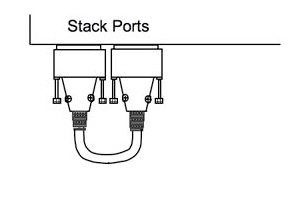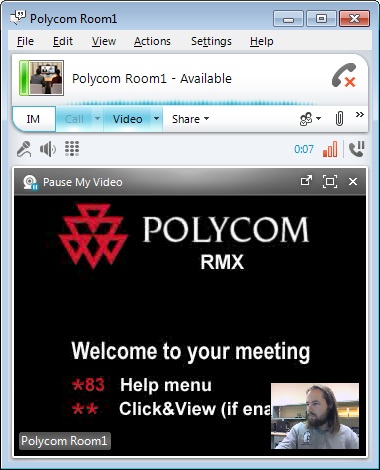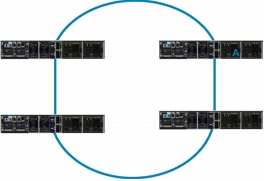I recently was confronted with a stack of six Cisco 3750X switches that were experiencing intermittent outages. The symptoms were random, but included switches being removed from the stack randomly, PoE drops, and full blown switch crashes with reloads. If anyone has worked with Cisco stacks, you know how long it takes the entire stack to reload and elect a new master.
Troubleshooting the situation, I found that the switch stackwise ports were flapping. All of them were reporting up/down notifications at random intervals.




